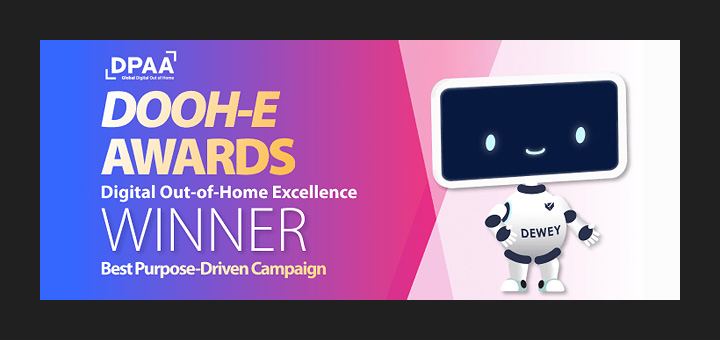Zipping Around with Marketing Data
While mail delivery has clearly declined over the years, the magical power and efficiency of ZIP codes can still be harnessed for a host of other marketing purposes.
Amidst the modern marketer’s alphabet soup of acronyms—DSP, DMP, SERP, ROAS, DCO, and so many more—there’s one that doesn’t get the attention it deserves these days: the good ol’ ZIP code.
It’s kind of crazy when you think about it. And while mail delivery has clearly declined over the years, the magical power and efficiency of ZIP codes can still be harnessed for a host of other marketing purposes.
Wait, what? How can a 60-year-old government program help with modern media and marketing challenges?
So how can we leverage ZIP codes and geography to our advantage as media and marketing professionals?
Read More for three examples.




